| Back |
| Back |
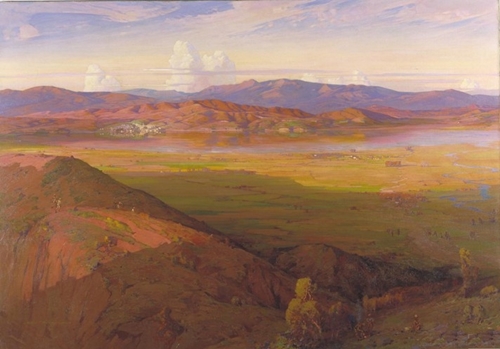 |  | Part of the Bird Cage defences near Baldza, Salonica June 1916 |
Battle of Kosturino
Apart from artillery exchanges, little fighting took place until 6 December 1915 when the Bulgarians attacked following a heavy bombardment. Fighting alongside the French, British units fought off several assaults on their positions. An account in the Diary of Captain Noel Drury of the 6th Battalion The Royal Dublin Fusiliers on 8 December 1915 recalls that A large mass of Bulgars was creeping up in the fog and were only about 50 yards away. We hastily formed up the men and fired five rounds rapid along the ground into the fog. Almost at the same time we heard B Company on our left firing too. We must have got a lot of Bulgars as we could hear their shouts and groans. The Bulgar then charged and we gave them another 5 rounds rapid as they loomed up in the fog. Some of our fellows even got at them with the bayonet. The old Bulgar was so shaken up that he retired into the fog to pull himself together a bit.
The Birdcage
Outnumbered and lacking sufficient artillery, the Anglo-French forces fell back on Salonika. Luckily for them, the Germans prevented the Bulgarians from continuing their advance into Greece, as they still hoped to win the Greeks to their side. Nevertheless, fearful of a Bulgarian assault on Salonika, and uncertain of neutral Greece, the Allies spent the first half of 1916 constructing a fortified line known as The Birdcage in the hills around the city.
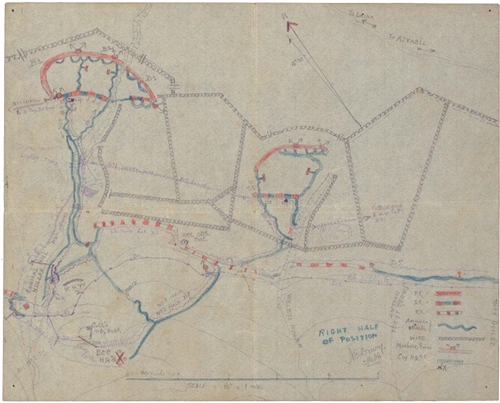 | 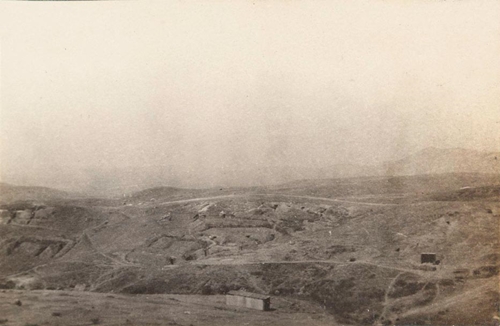 |
Multi-national force
The Bulgarians did not attack Salonika and the Allies, once re-inforced, were able to advance north and west during 1916. They established a front line that ran from the Albanian coast through northern Greece to the Gulf of Orfano on the Aegean Sea. This 'Army of the Orient' was a multi-national force under French command. French, Serbian, Russian and Italian forces manned the western portions of the line and successfully captured Monastir in Serbia on 19 November 1916. British formations held the area east of the Vardar River, the trenches west of Lake Doiran, and patrolled the Struma Valley to the east.
Heat and disease
At its utmost, Lieutenant-General George Milne's British Salonika Force (BSF) eventually numbered over 200,000 soldiers. These men faced a boiling summer climate and many succumbed to heatstroke. To counter this, travelling was usually undertaken at night. British troops in the Struma Valley used cyclists and cavalry to patrol and fortify villages in order to deny them to the Bulgarians and Turks. Both sides evacuated the valley in the summer, owing to the prevalence of diseases like malaria, which alone caused 160,000 British casualties during the campaign.
Top of page
These photographs come from an album in the papers of Major General Robert Eric Barnsley
held at the Museum of Military Medicine and digitised by The Wellcome Library
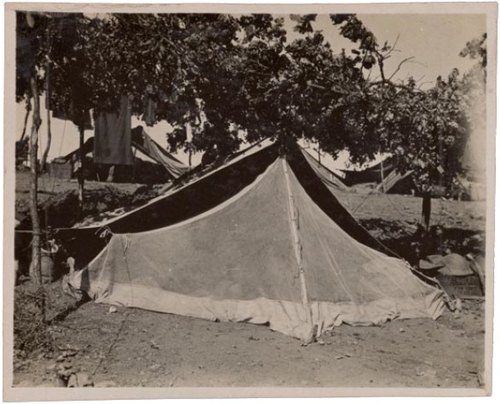 |  |  |
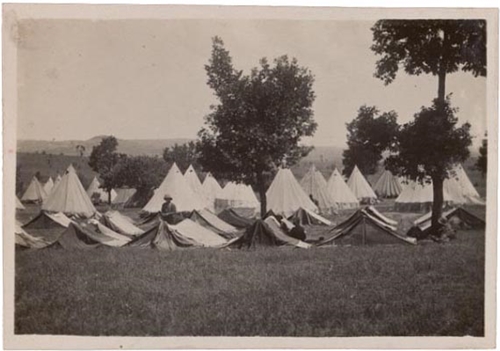 |  | 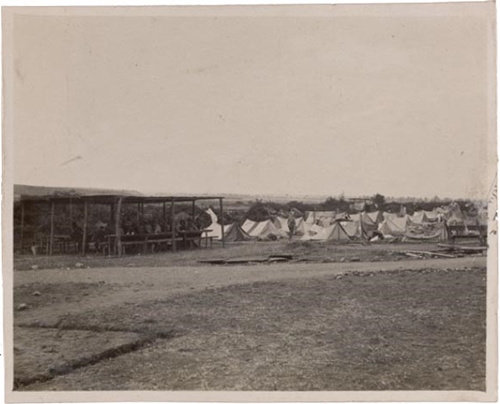 |
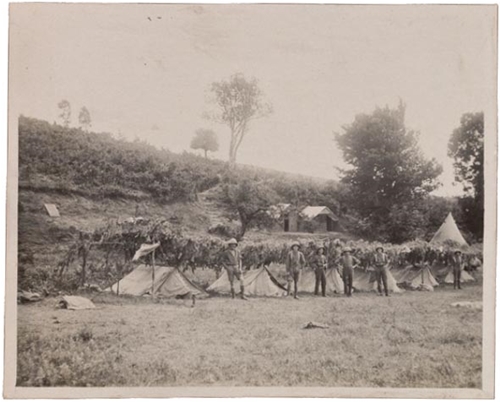 |  | 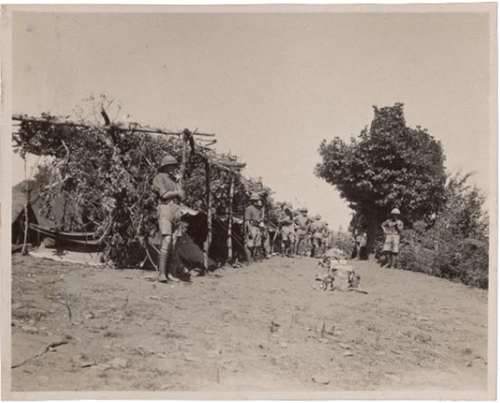 |
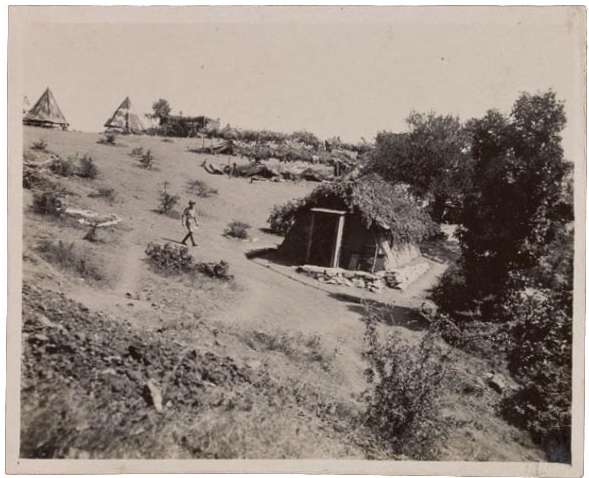 |  | 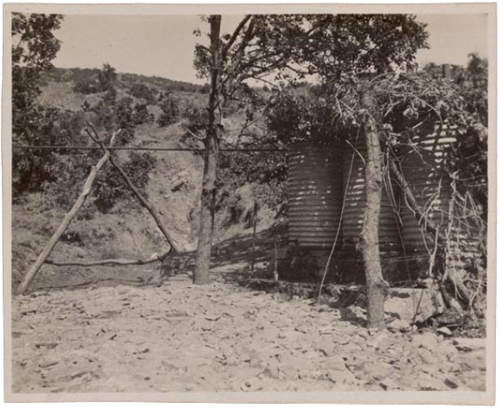 |
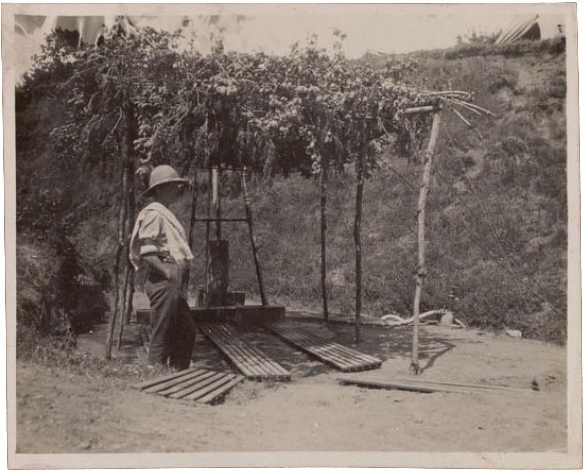 |  | 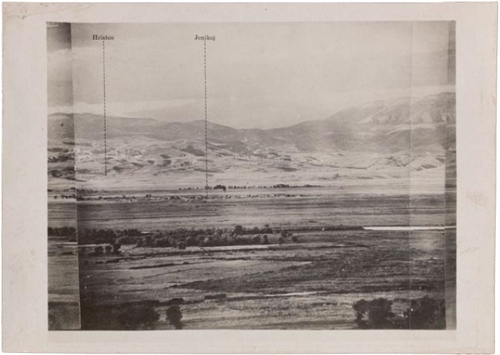 |
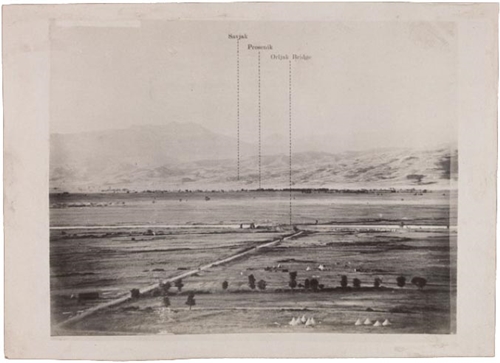 |  | 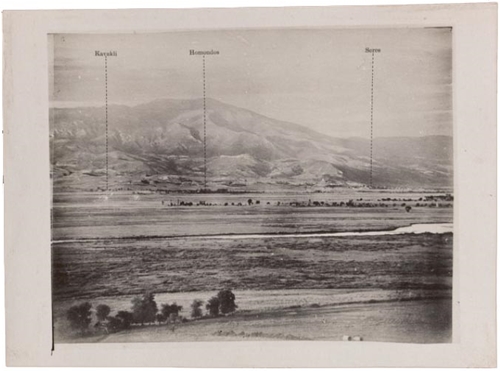 |
 |  | 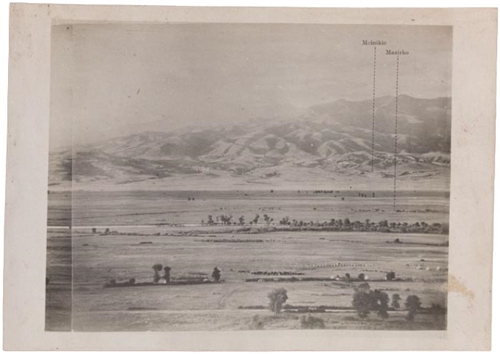 |
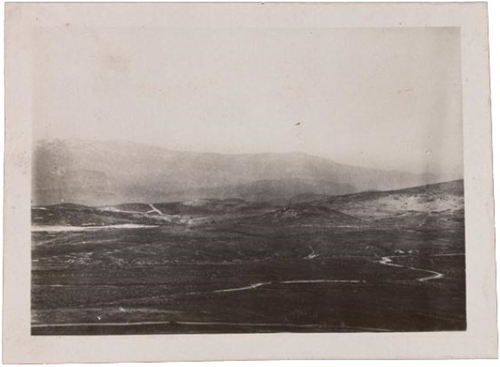 |  | 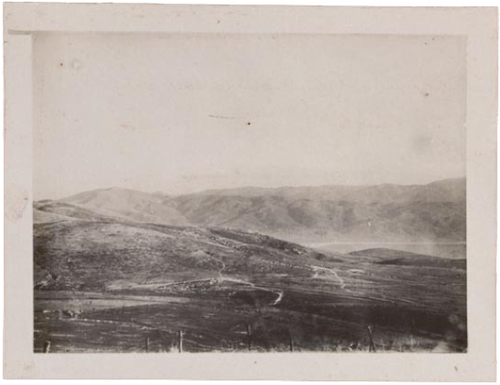 |
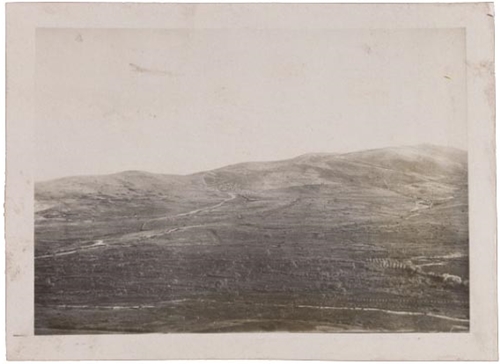 |  | 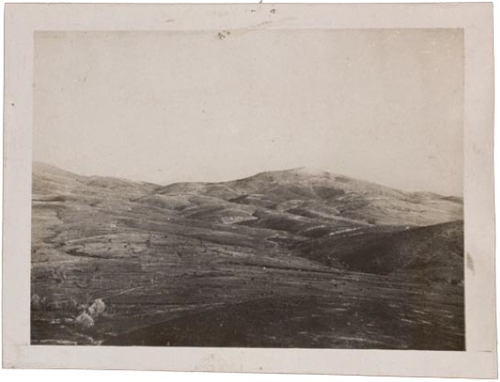 |